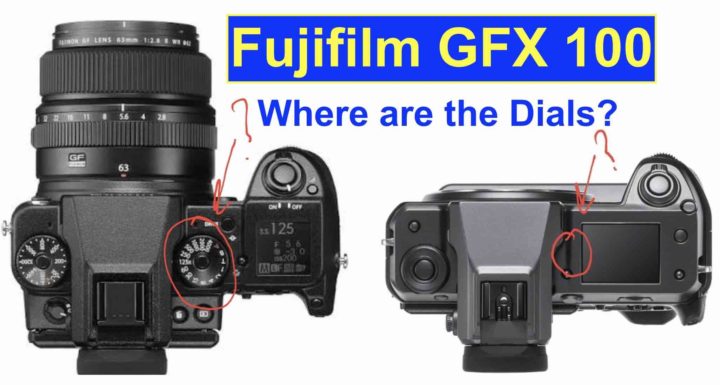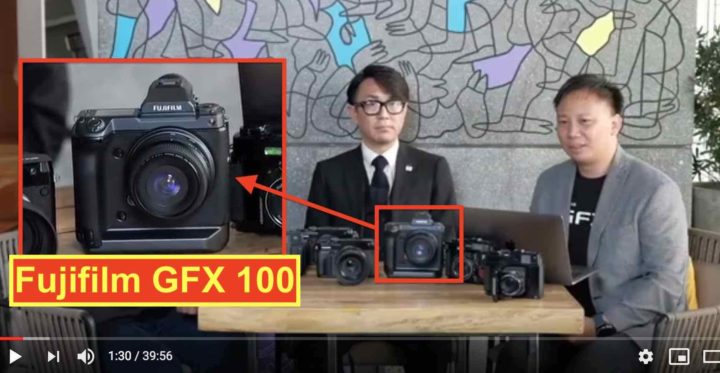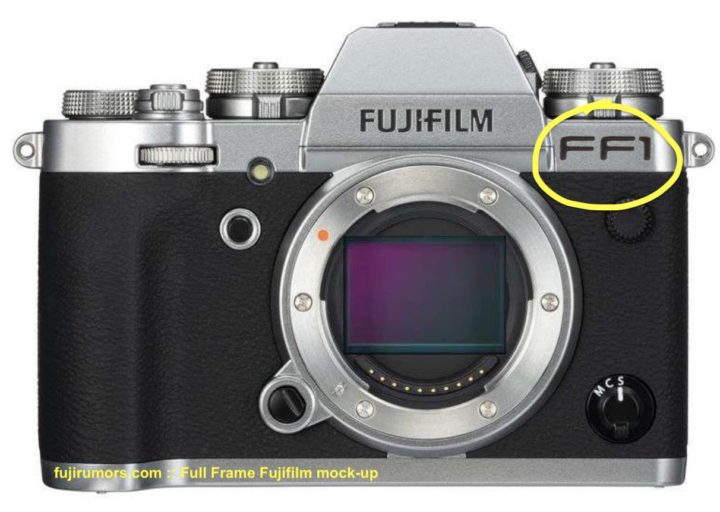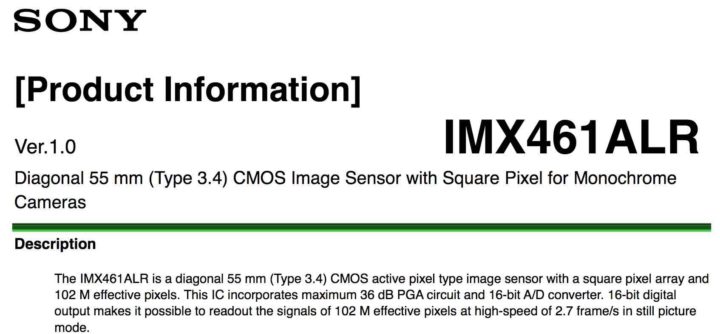Fujifilm GFX100 Gets Rid of (Marked) Dials, a Good Idea? VOTE NOW
Fujifilm GFX100 Dials
At photokina 2018, Fujifilm displayed the first mock-up of the Fujifilm GFX100 Megapixel camera, which will be announced in the first half of 2019.
And it could not pass unnoticed to the FR-community, that the Fujifilm GFX100S got rid of the shutter dial, leaving only one unmarked and customizable dedicated dial on the left side.
This change has let to some heated (but civil) discussions at our Fujifilm GFX group here, with the community split between those, who applaude this change, and others, who think Fujifilm should have kept their classic dial layout.
Here are some of the comments from this post:
- Bigger screen – less dials
- Bigger back panel – less clunky top plate
- Its the reason I use Fuji, without I might as well just switch to a different brand
- Oh please get rid of those useless dials
- I do like the iso dial. It shortens the iso changing from three steps to one. (I work in the dark, so have to press the lcd light on before pressing the iso button, then adjusting the dial to the right iso)
- Top dials need to stay
- I love my dials, but if they made some small buttons with iso/af/wb/etc, I would be able to live with one wheel and no dials
- Dials are much easier to operate then digging into 2 or 3 level menues
So what do you think? Is it a good move to minimize the amount of dedicated dials and offer only one unmarked dial, or would you prefer to keep the current ergonomics of the Fujifilm GFX 50S?
And wouldn’t that big top LCD be nice, if it was a touch screen? ;)
Feel free to vote the survey below.
- Read here – Size Comparison: Fujifilm GFX 100S vs Sony A7III, Nikon D5, Canon 1DX, Canon EOS R, Nikon Z7, Nikon D850, Fuji GFX 50R
- Read here – Fujifilm Manager Says Fujifilm GFX100 has Less Noise than GFX50, Less than 10 fps, OIS/IBIS Combo, X-T3 AF Algorithm and More
- Read here – Fujifilm GFX 100 sensor information published by Sony
- Read here – Fujifilm manager says Fujifilm GFX100S will cost $9,995
- Read here – Size Comparison: Fujifilm GFX 100S vs Sony A7III, Nikon D5, Canon 1DX, Canon EOS R, Nikon Z7, Nikon D850, Fuji GFX 50R
- Read here – RUMOR: Fujifilm GFX 100 with Pixel Shift Multishot
- Read here – Fujifilm Manager: GFX 100 Full Sensor PDAF, no Crop 4K@30p
- Read here – Fuji Guys Billy Hopes IBIS will be Implemented in Future Fujifilm GFX 50 version of GFX 100
Follow FujiRumors on Facebook, Instagram, RSS-feed and Twitter
Fujifilm GFX 50R: BHphoto, Adorama, AmazonUS
RUMOR, NEWS and COMMUNITY
Fujifilm GFX facebook group
Fujifilm GFX facebook page





